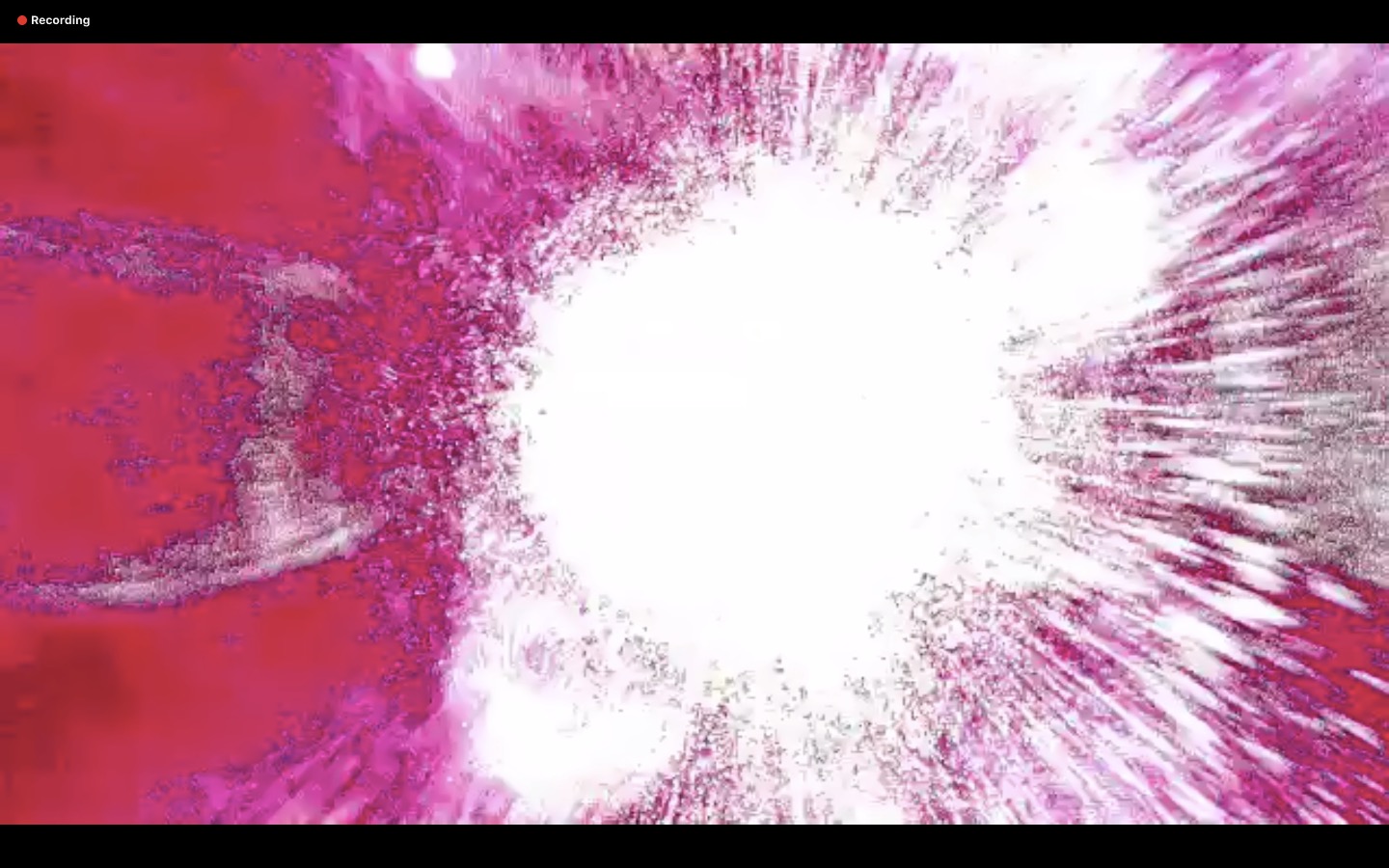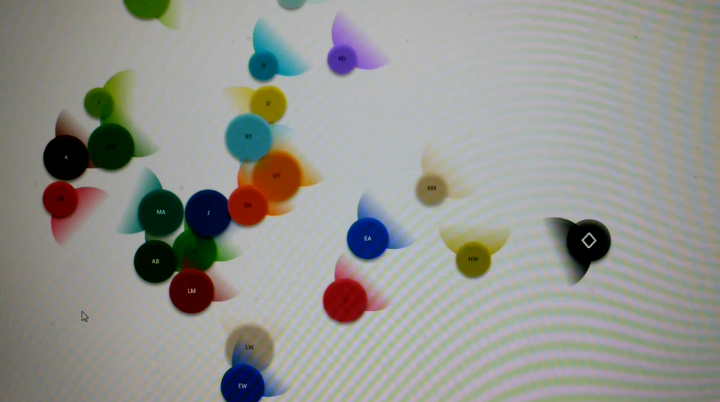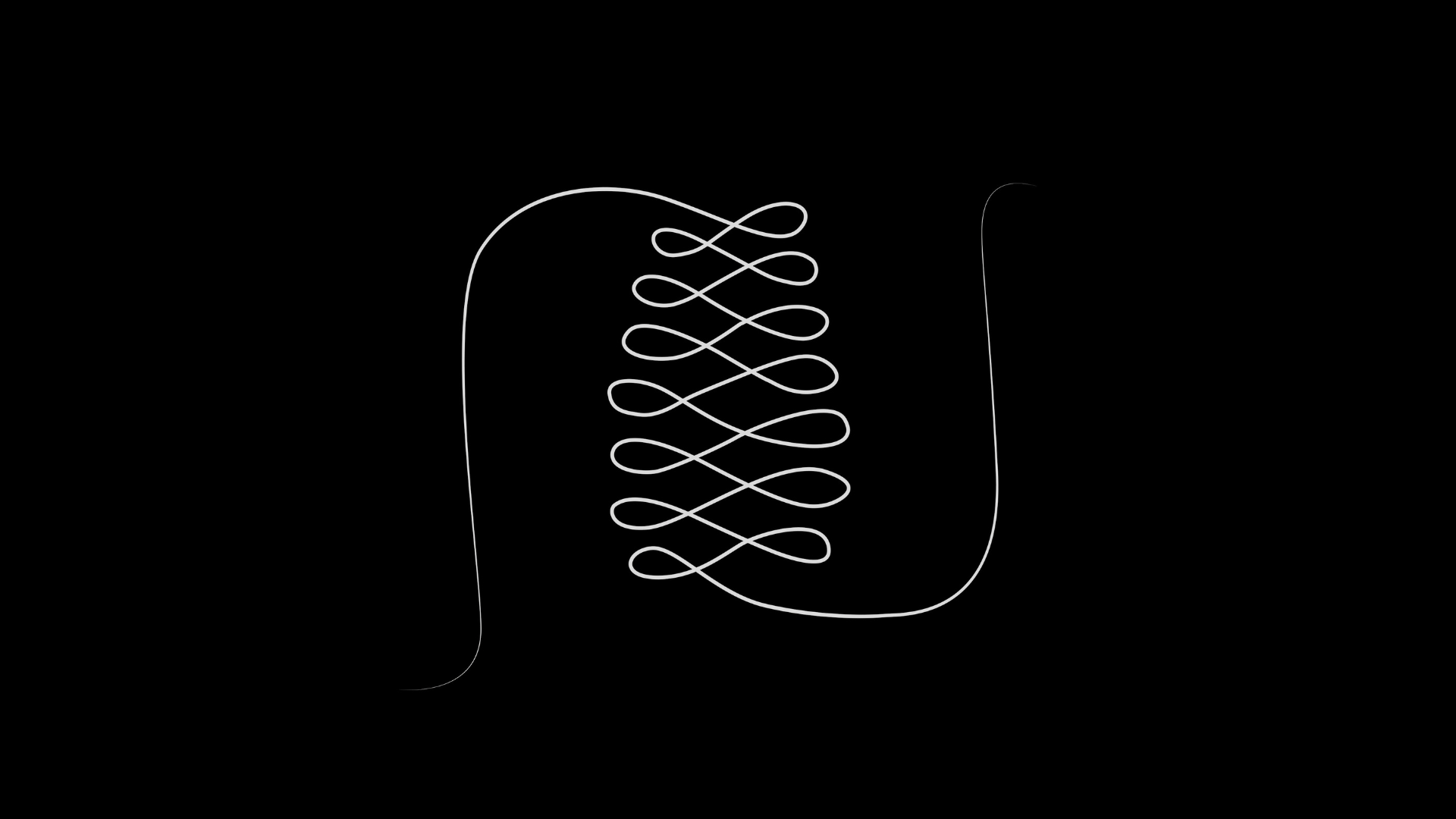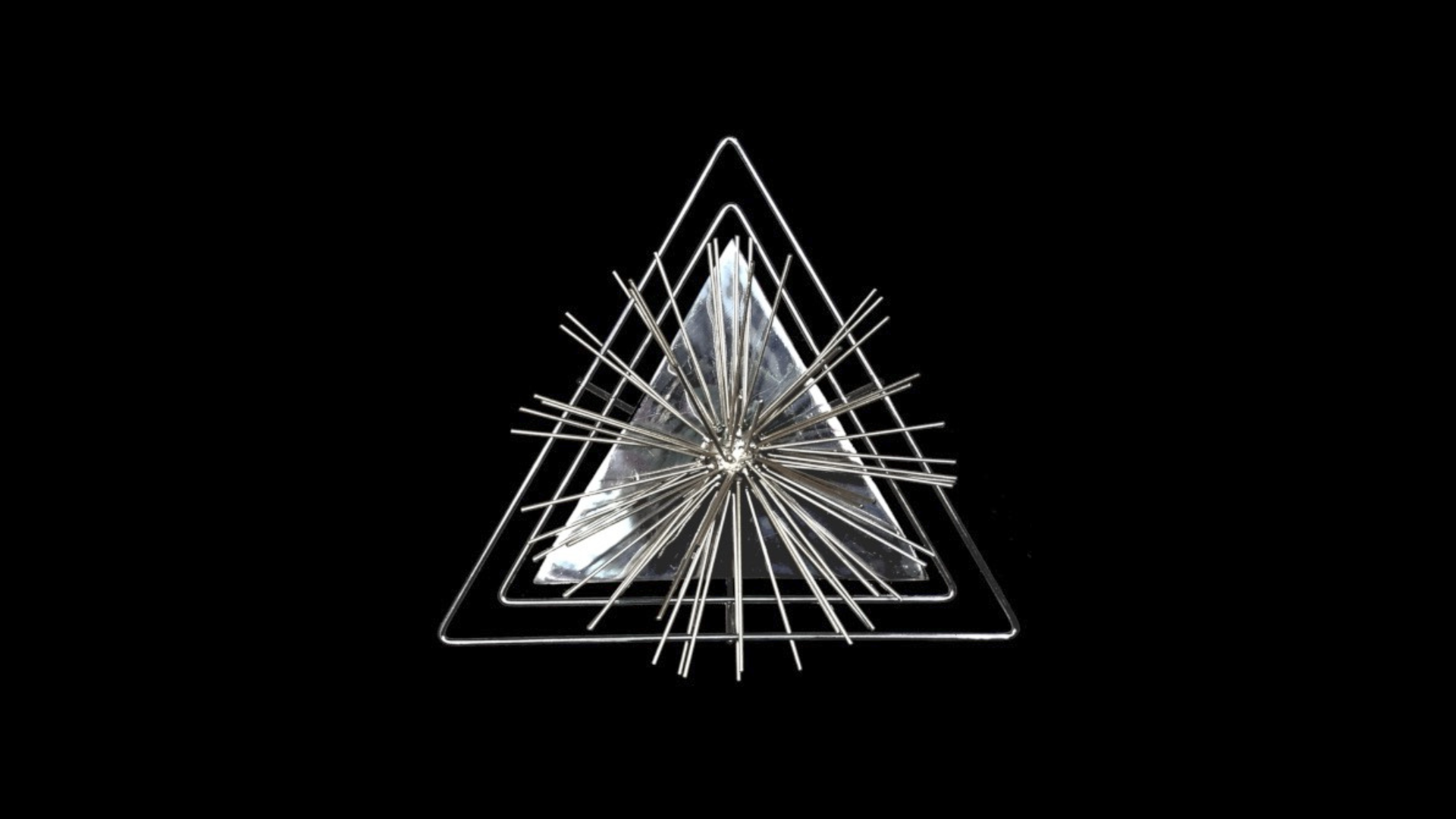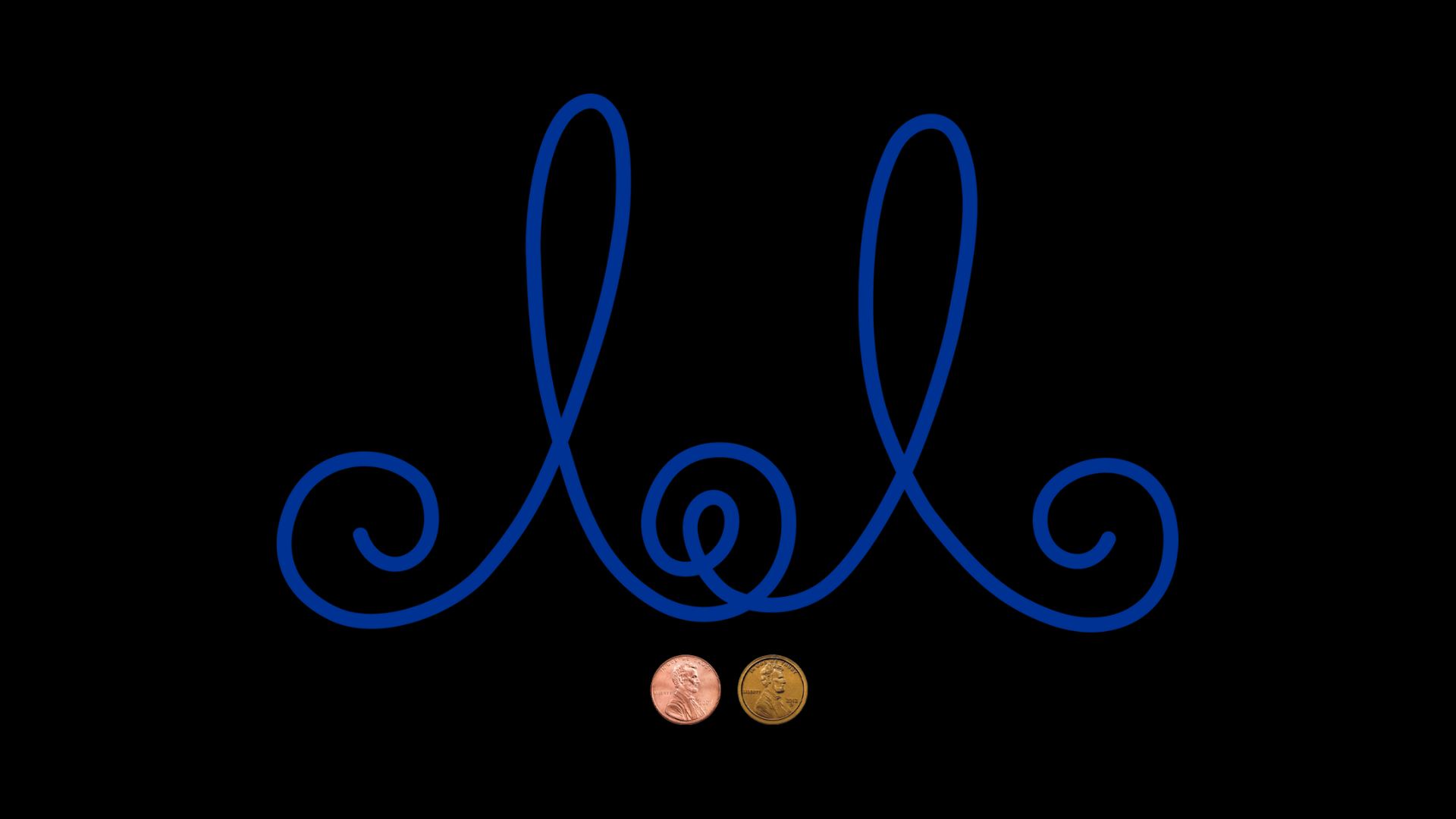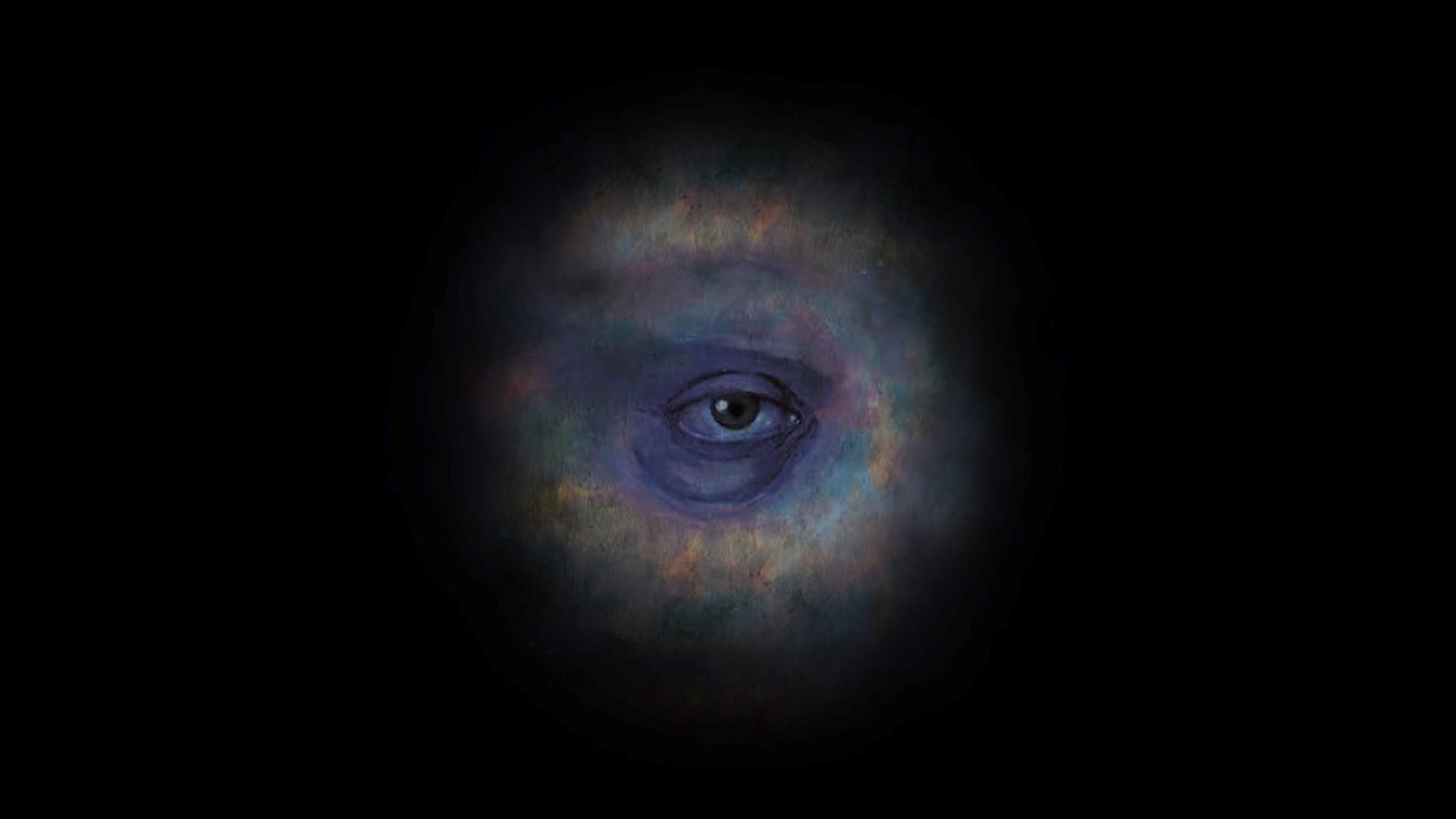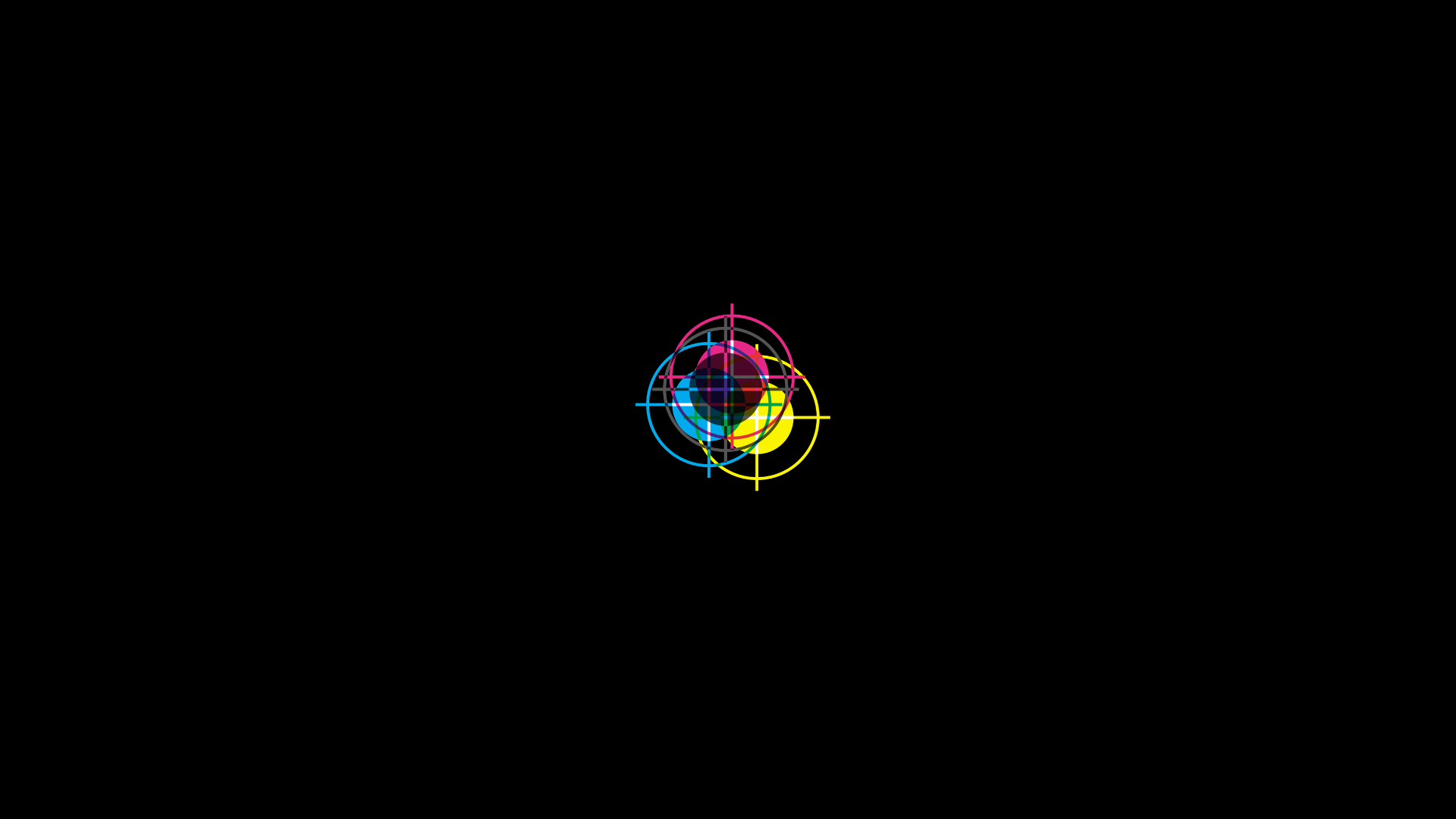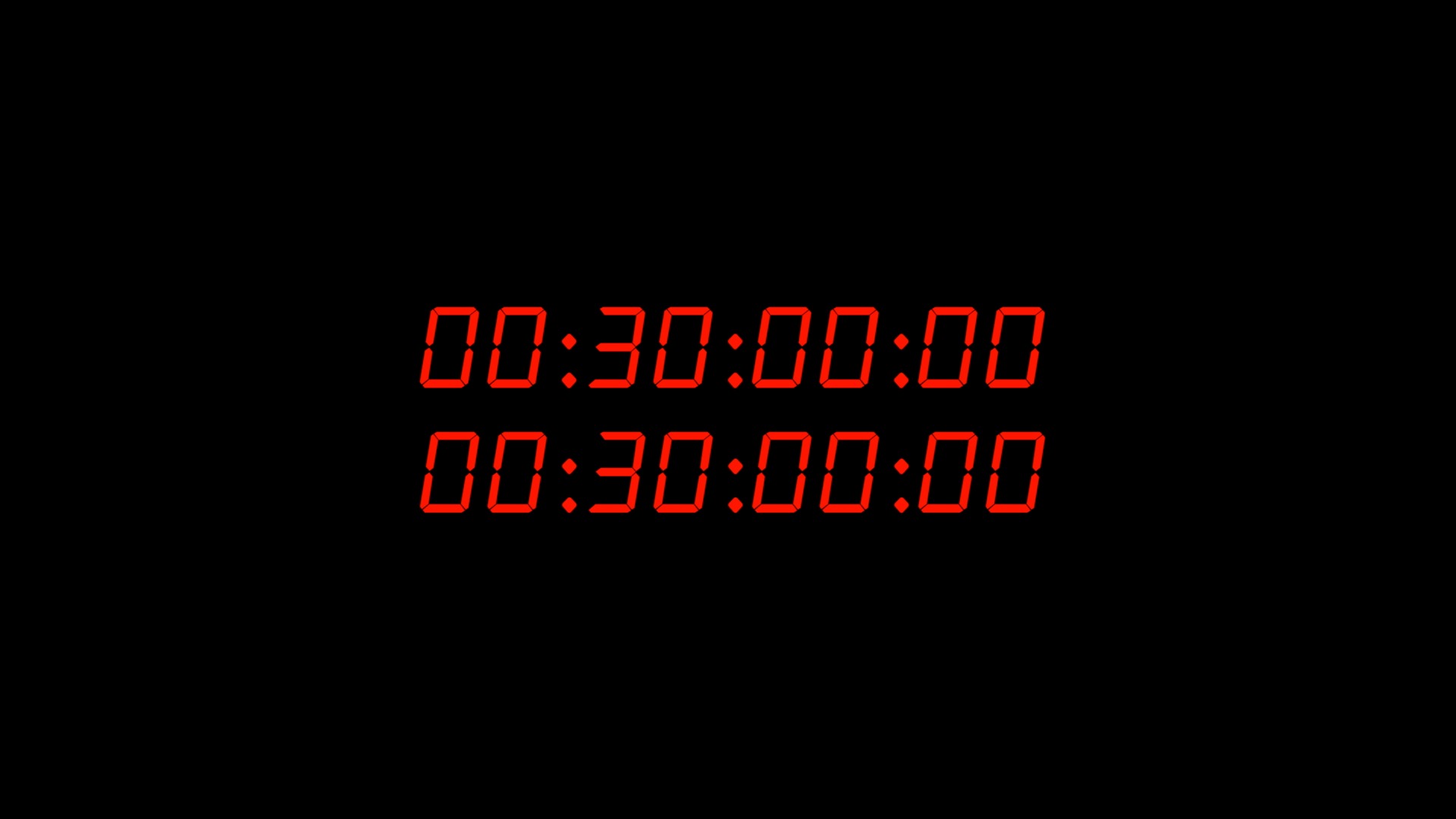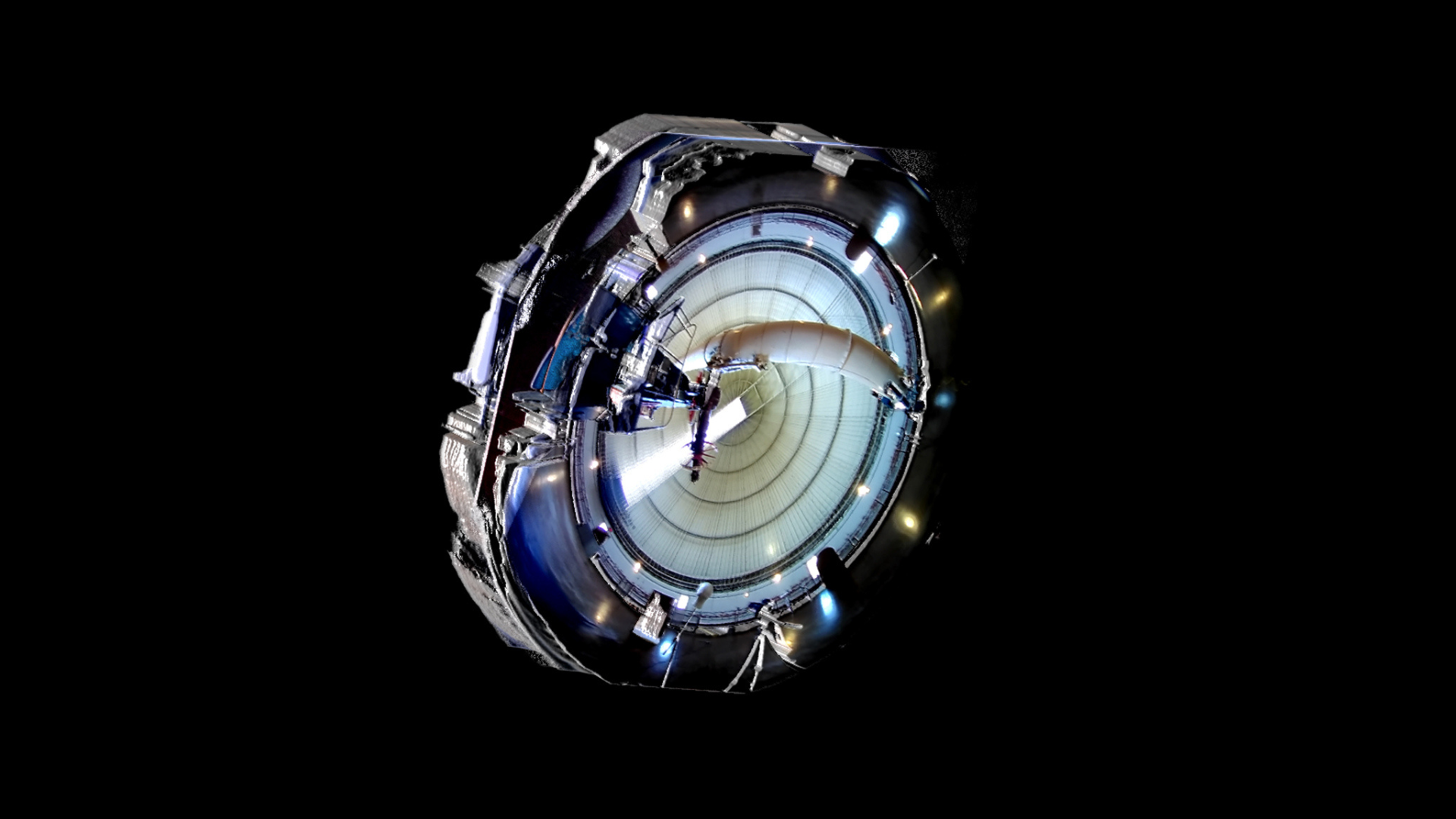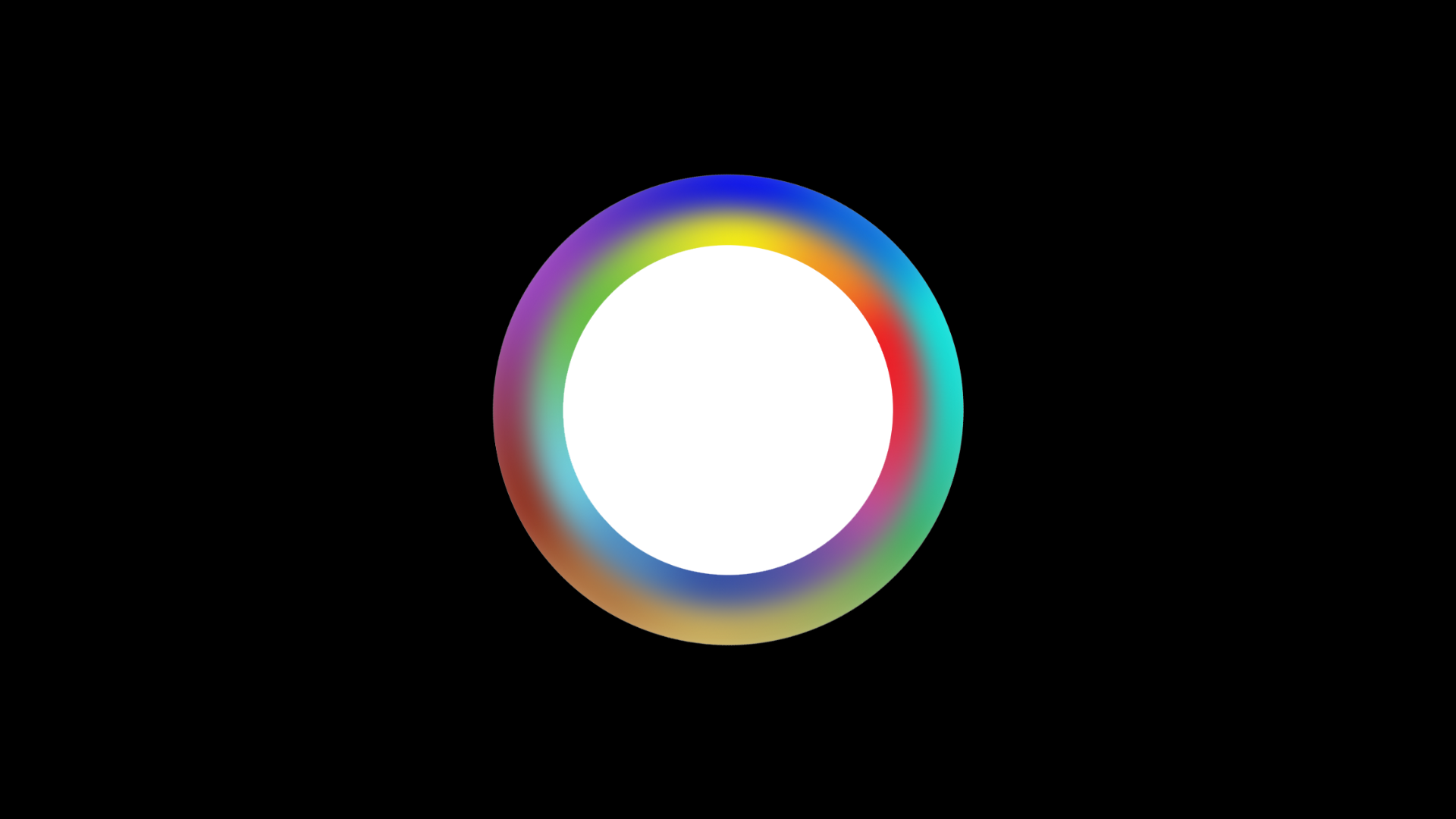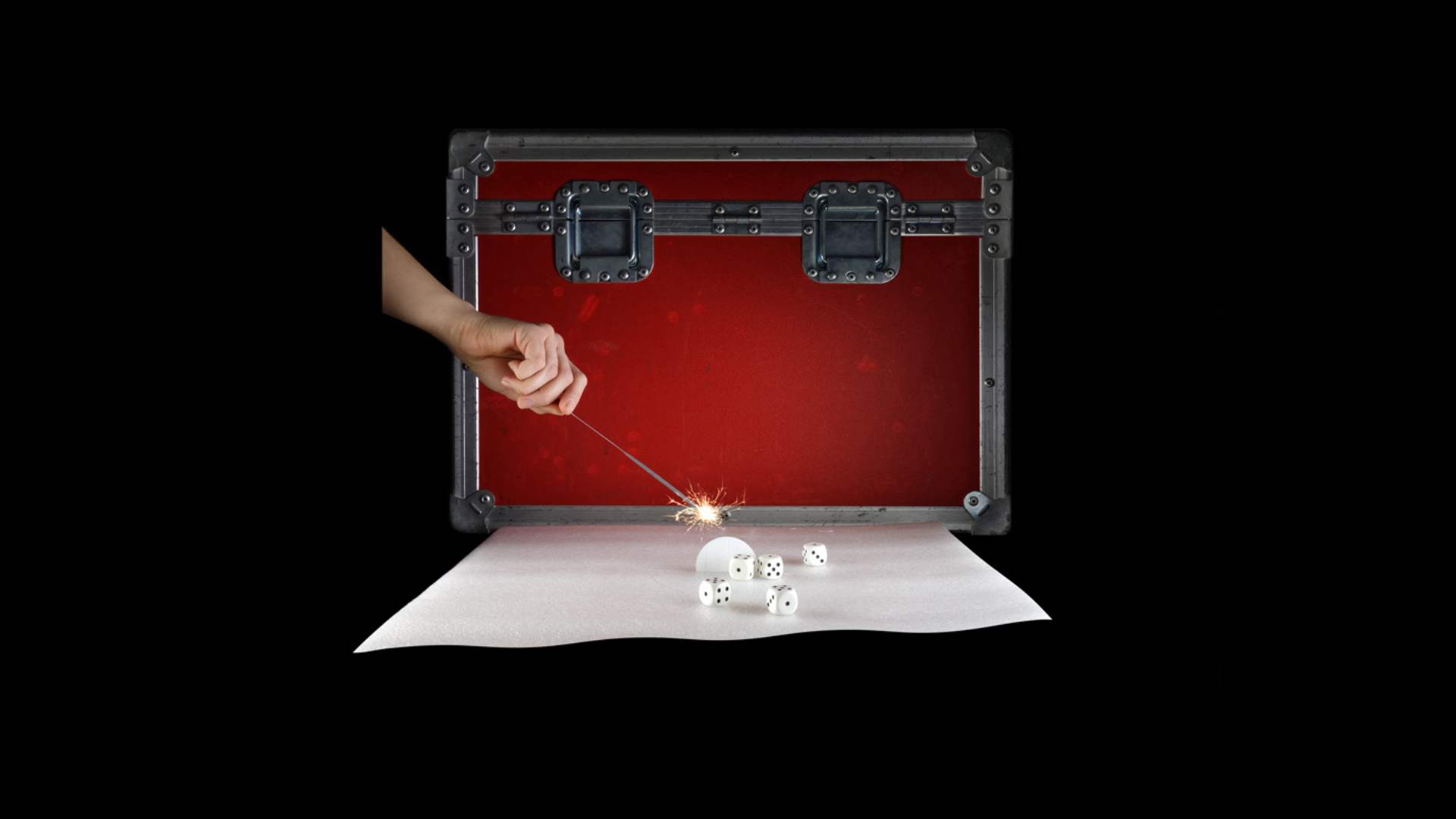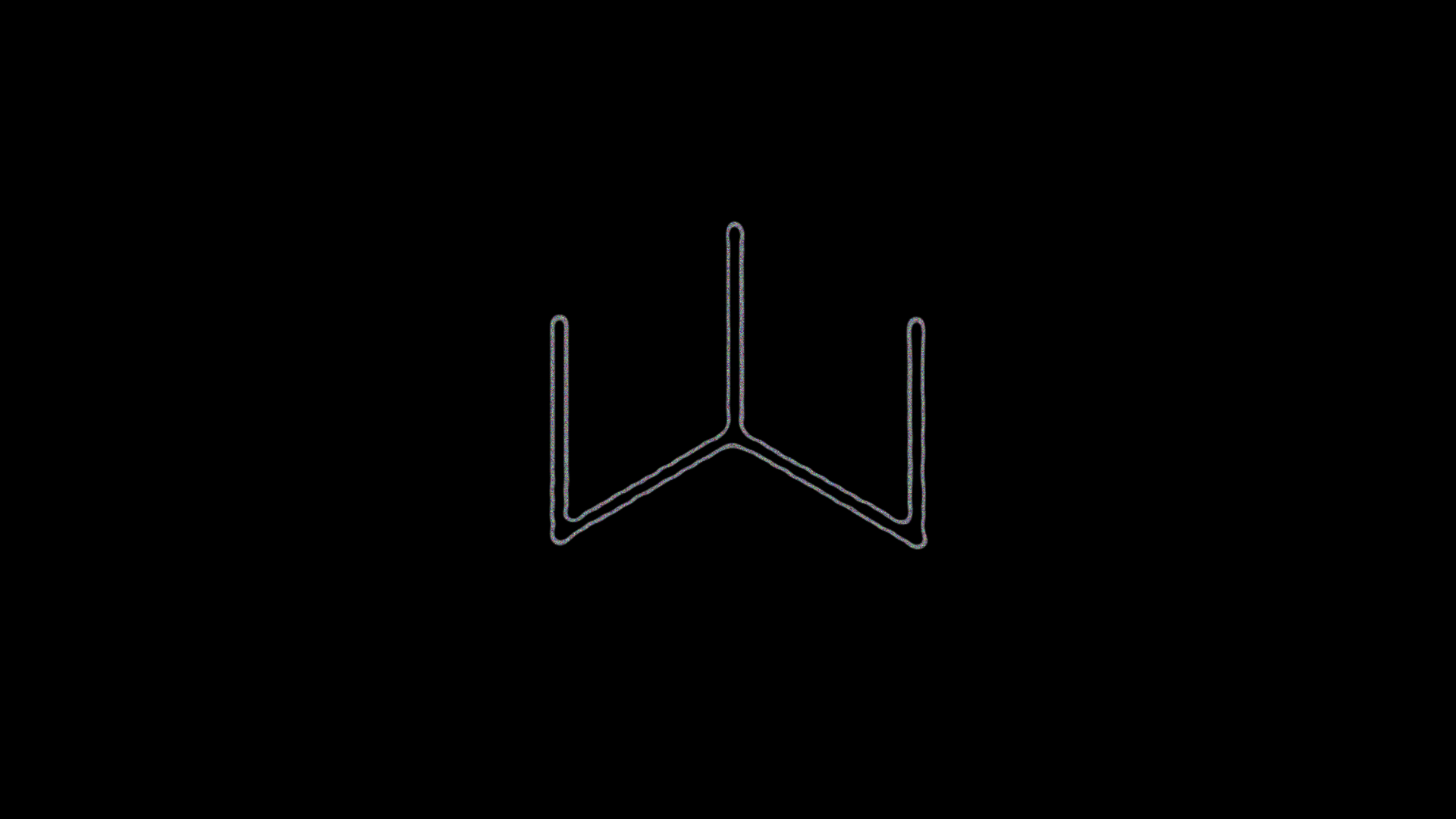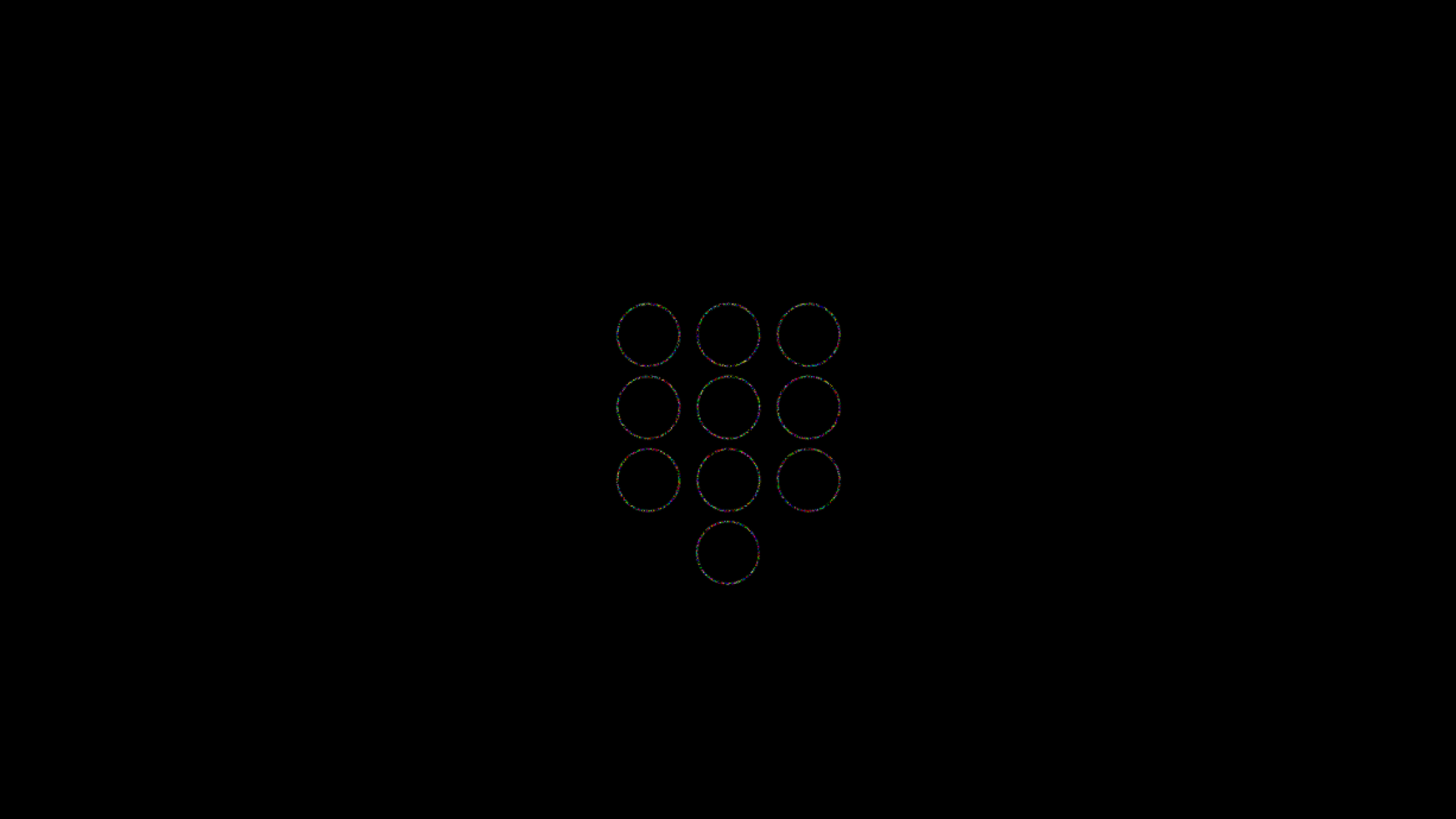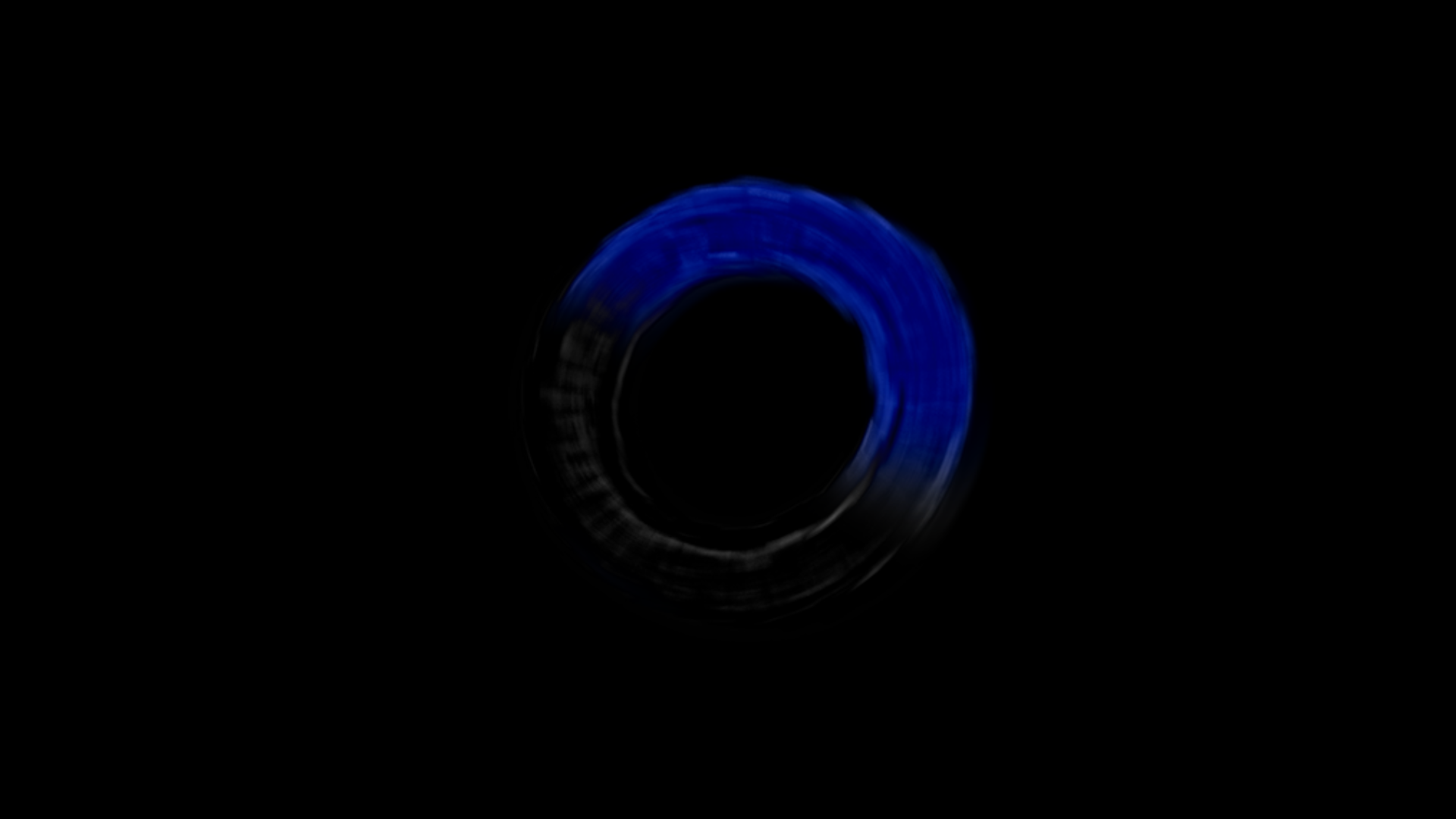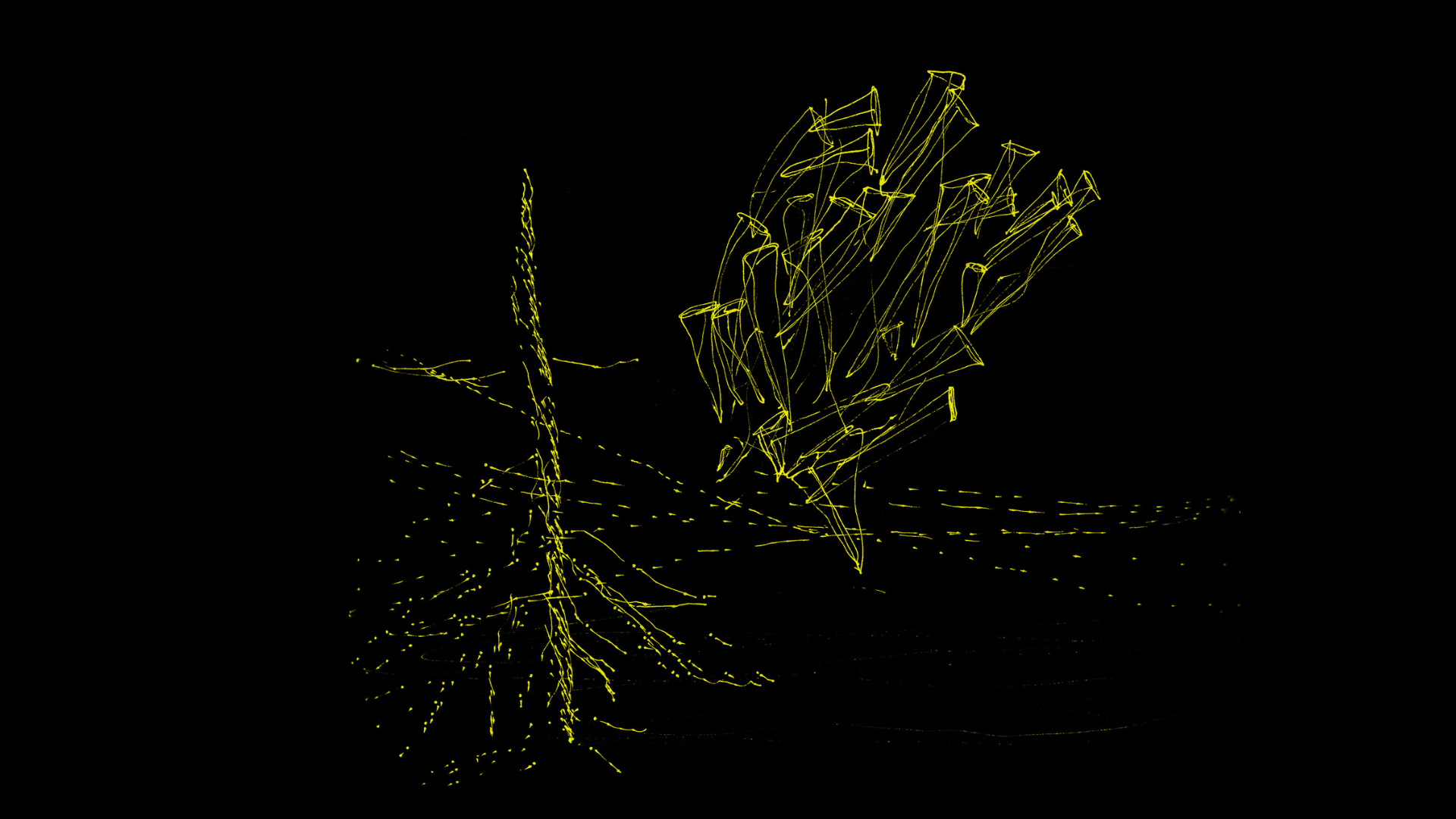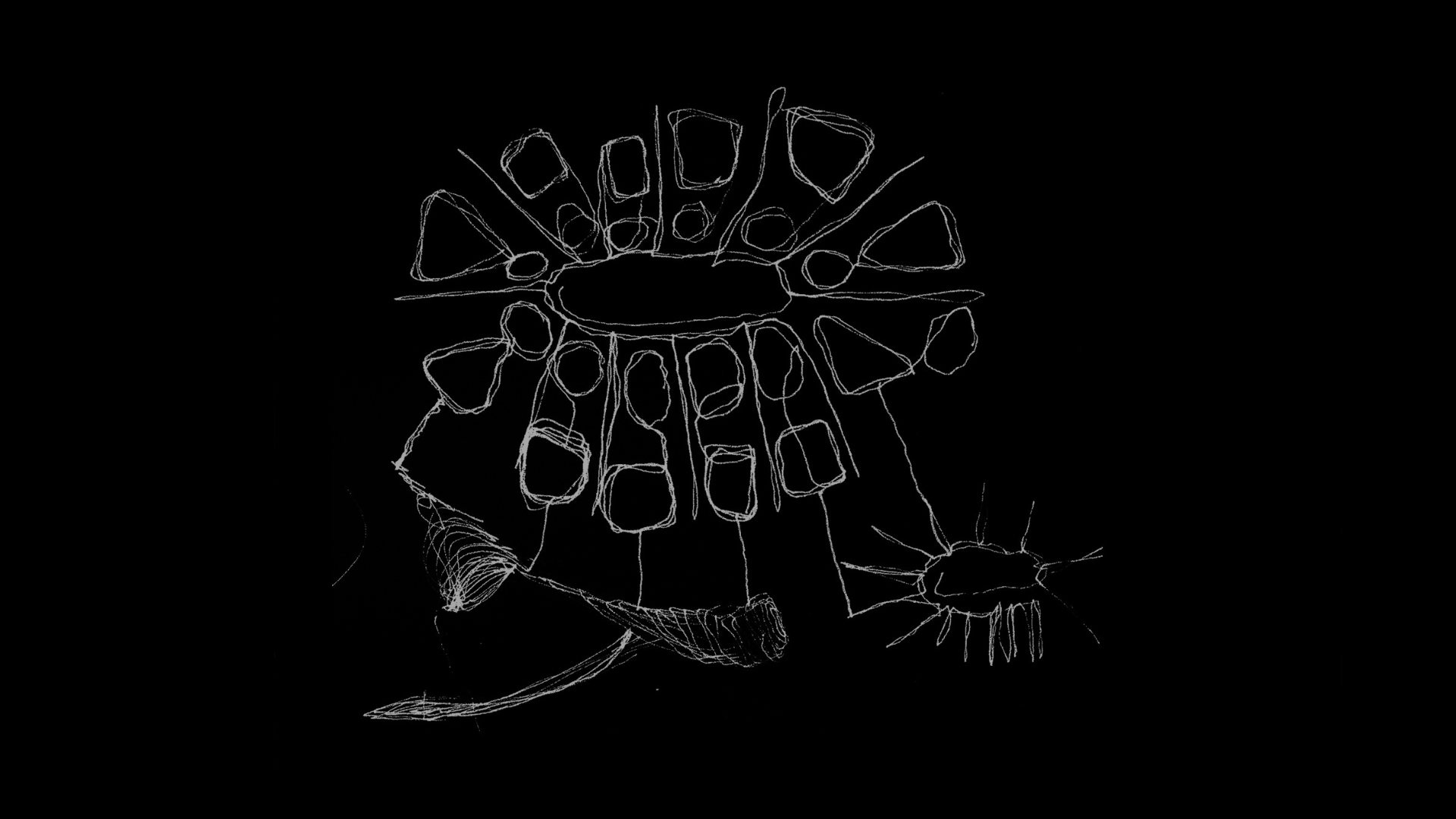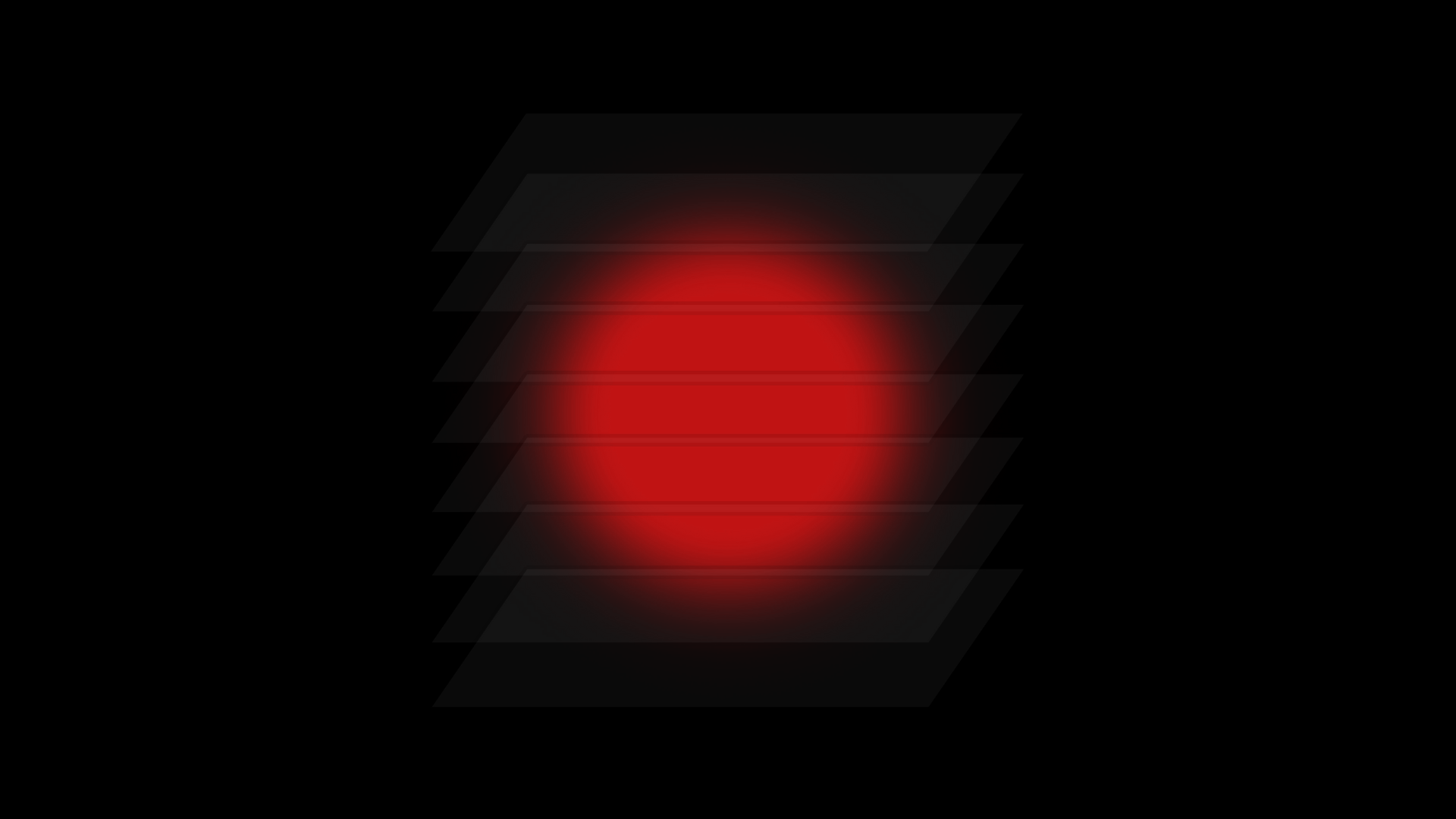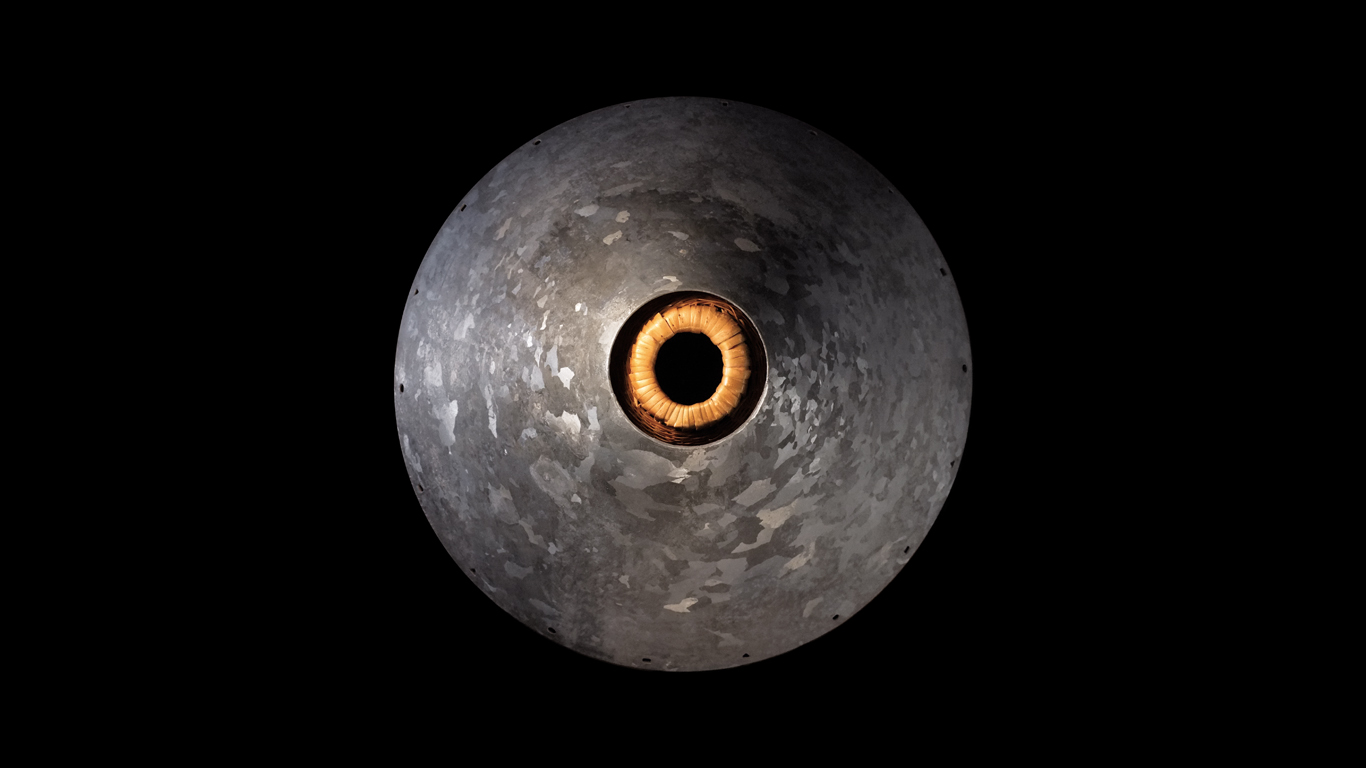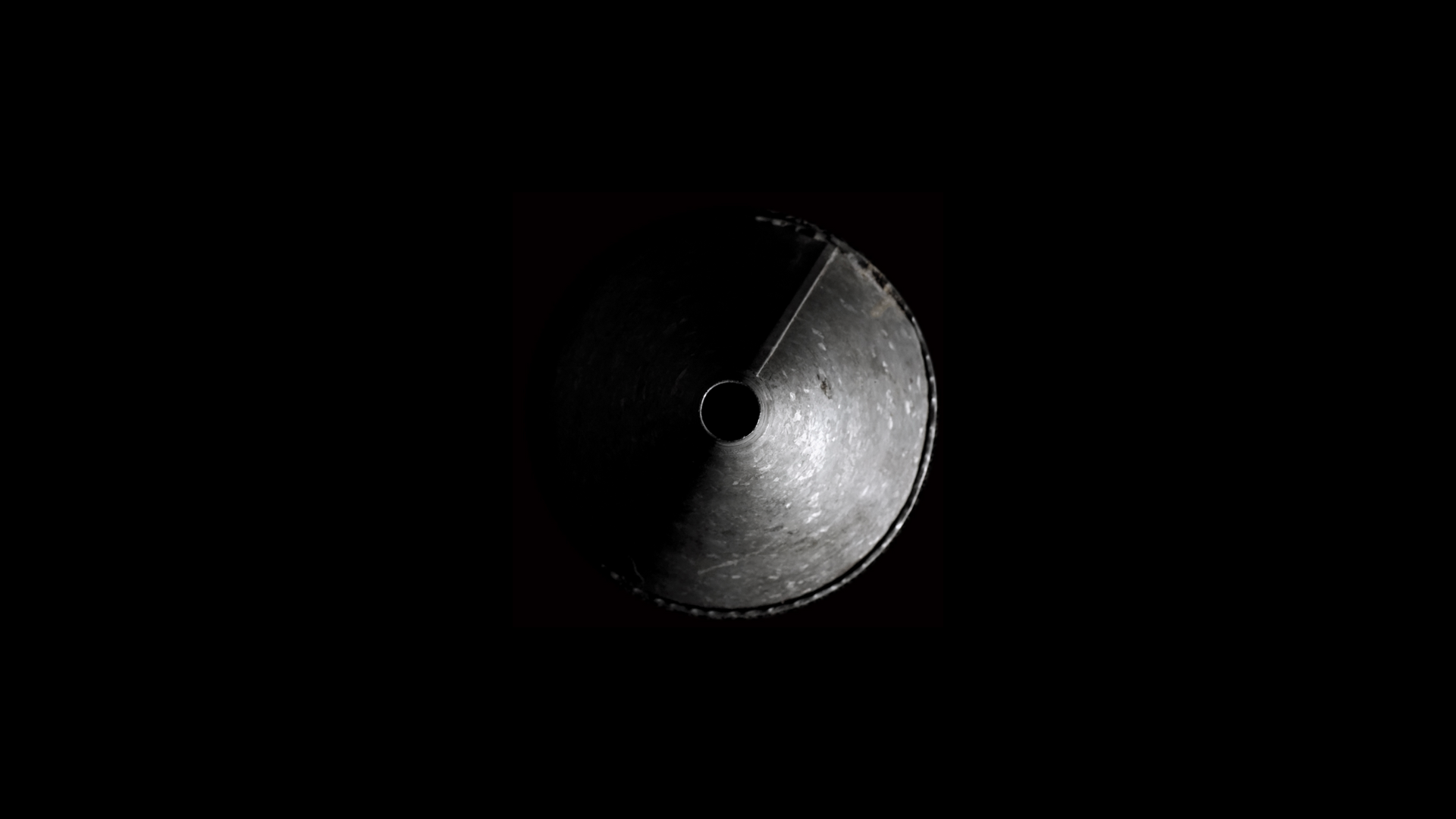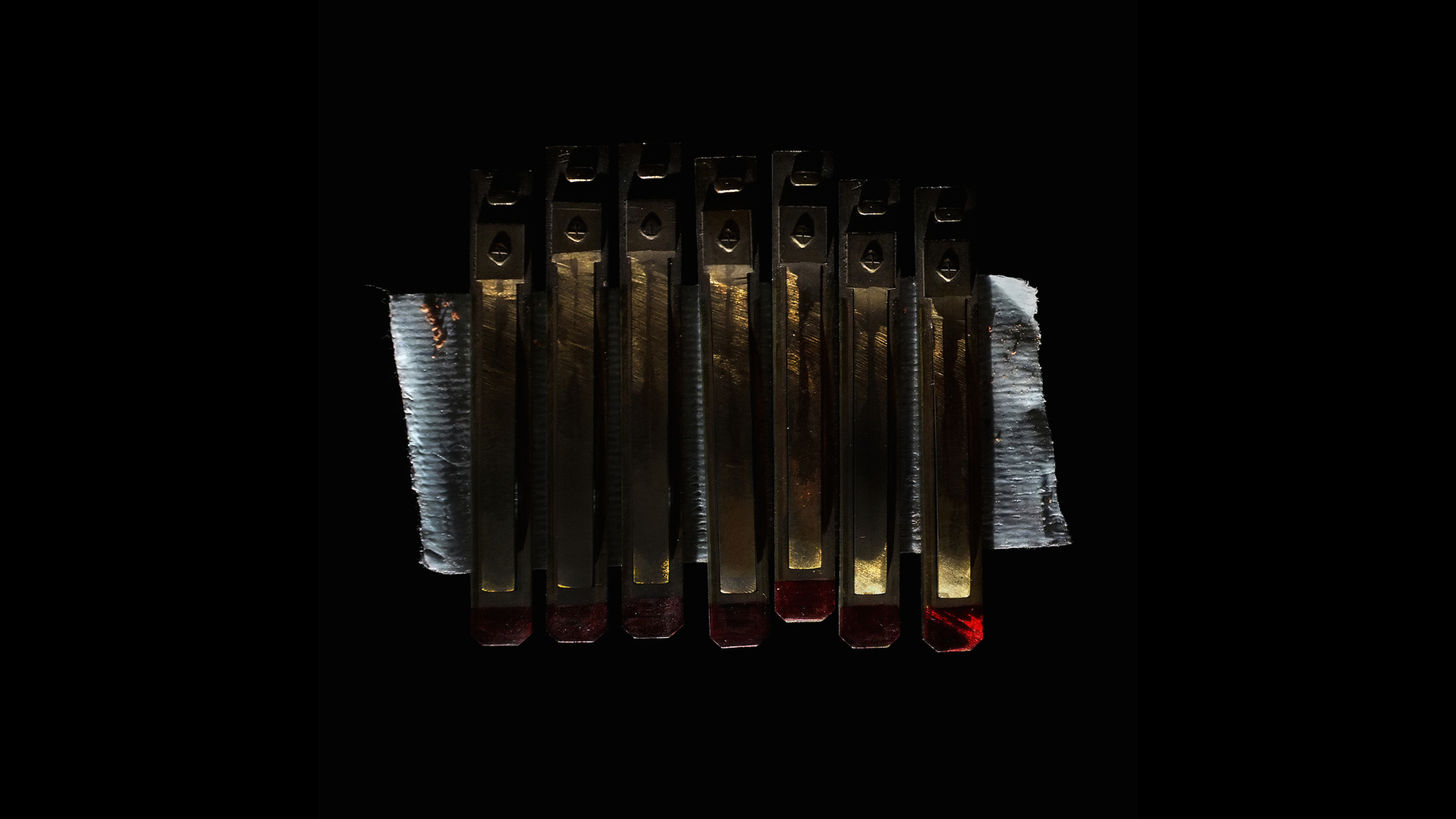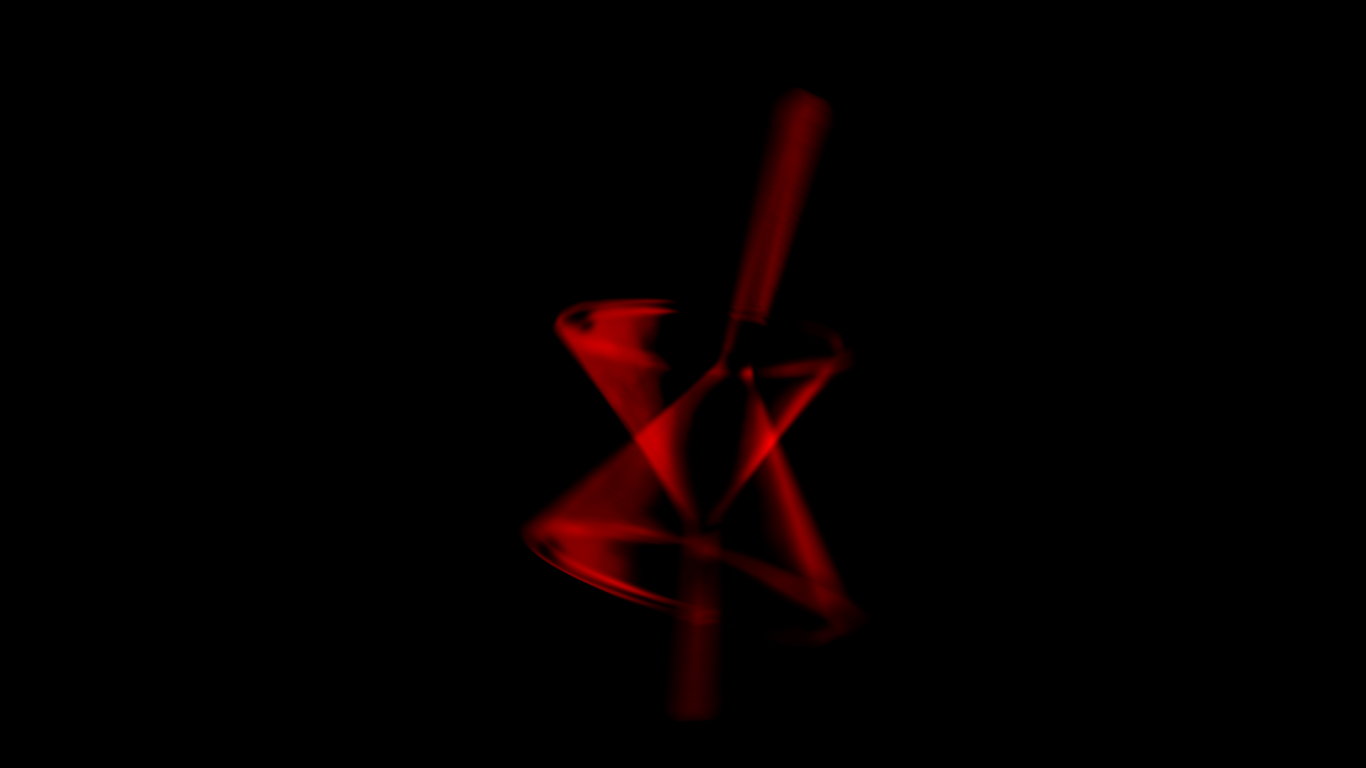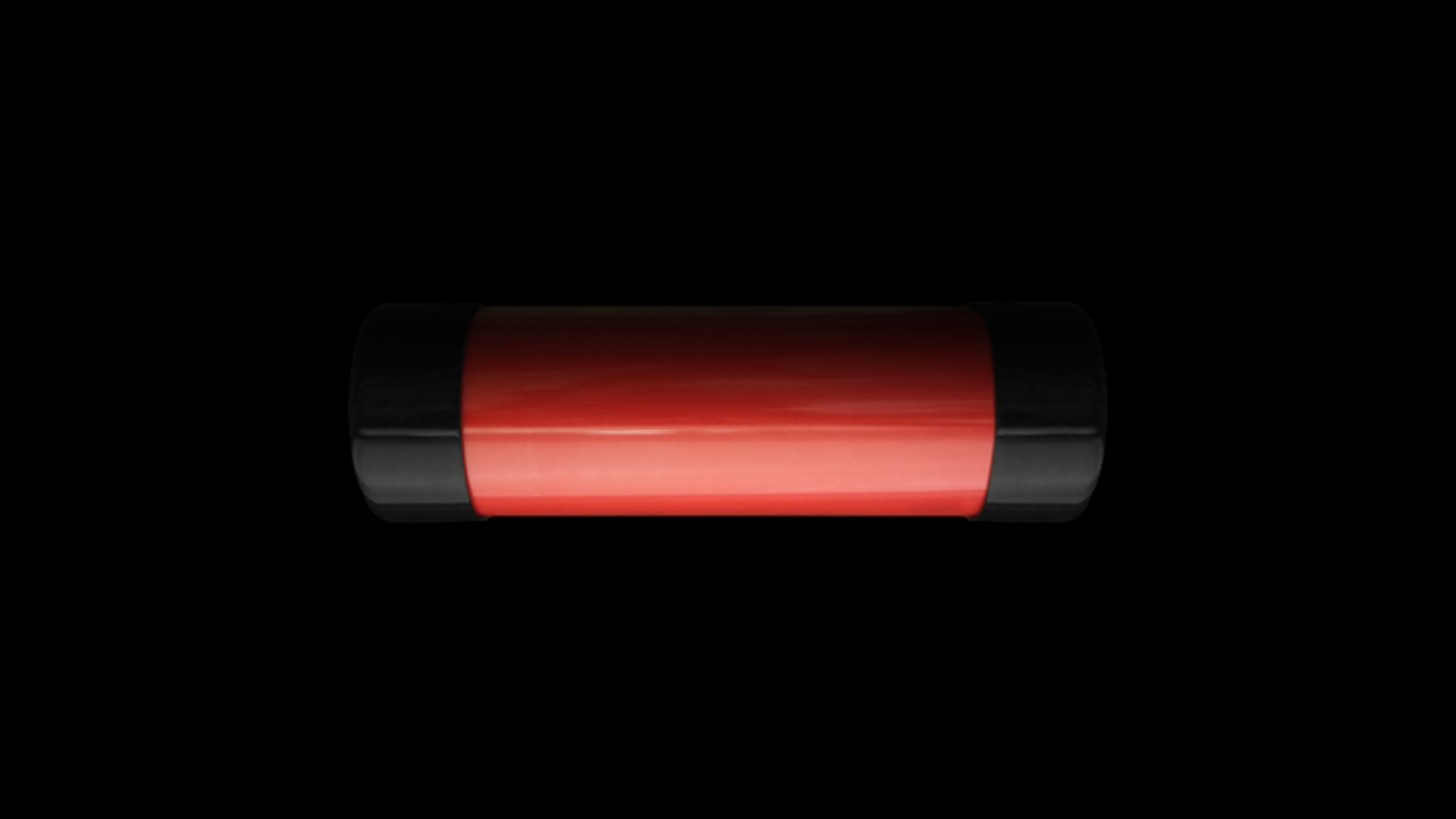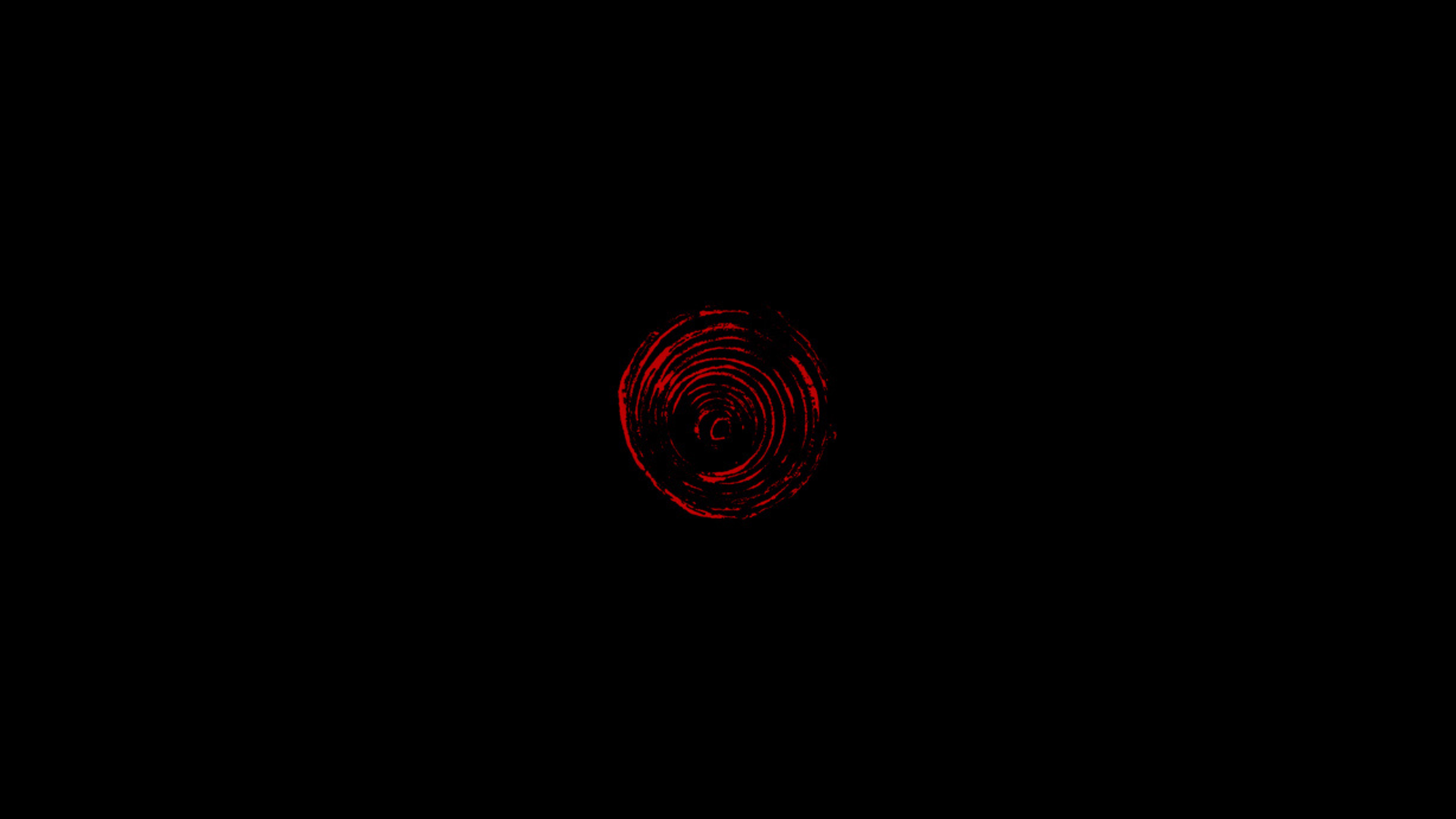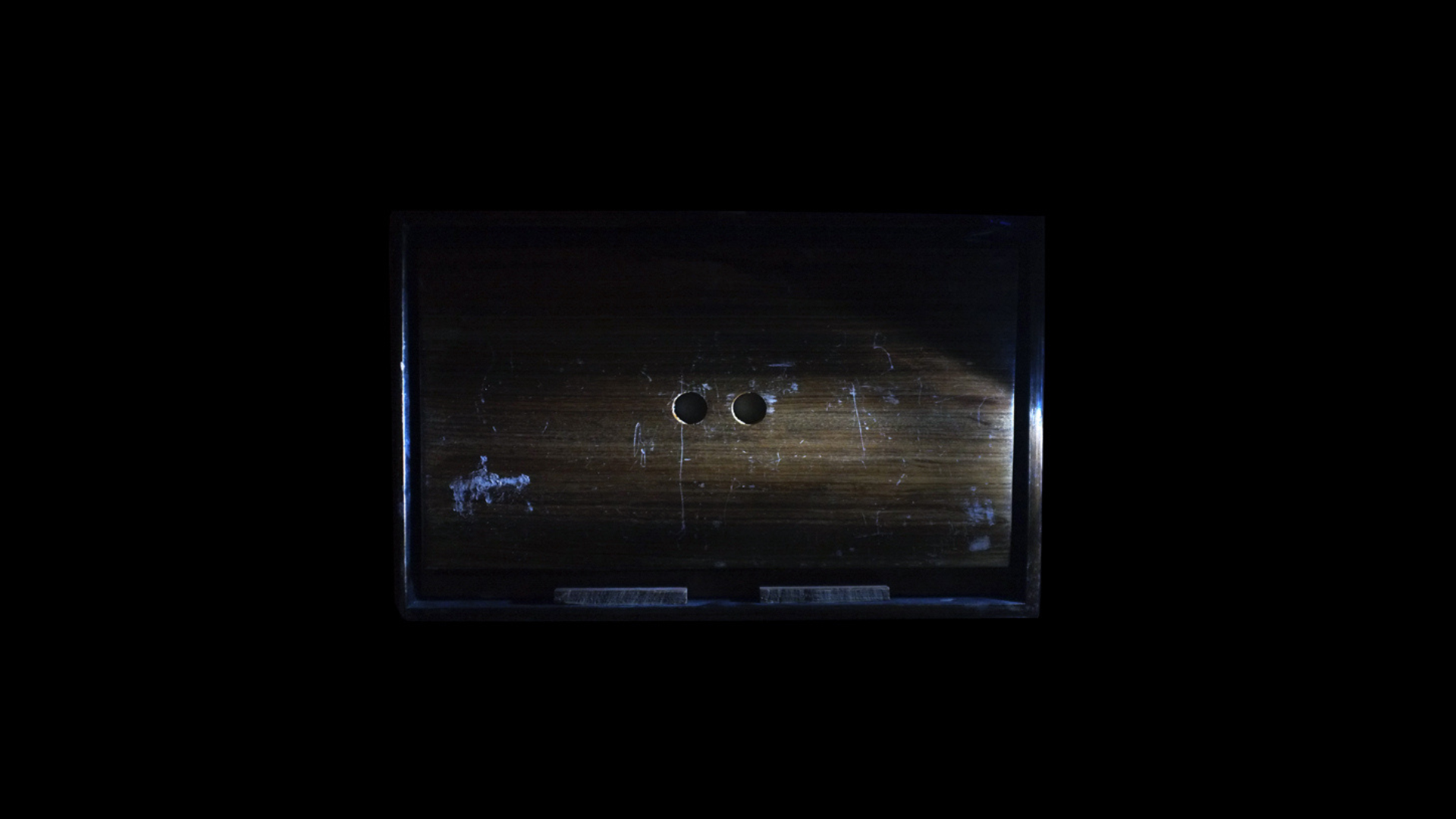
An experiment in auditory imagination and cross-modal listening, Beat Mesmerism Hollow was offered as a 4-part performative lecture and participatory event online for around 50 participants from around the world as part of Auraldiversities: Listening in the Present Tense in 2020.
Auradiversities is a program addressing the ‘auraldiverse’ turn in Arts and Humanities research and theory, questioning how we hear, what we listen to and why, as situated within our contemporary milieu: that of ecological, social, economic, and epistemological crisis. Presented in partnership between the Department of Music, Goldsmiths, University of London, and the Sussex Humanities Lab, University of Sussex, United Kingdom. Curated by Helen Frosi, Professor John Levack Drever, and Dr. Alice Eldridge.
The audiovisual lecture began with a guided listening session of imaginary silences (Ihde, Chion). Then, for 8 minutes and 20 seconds, a laser was emitted for visual-listening. A reading of the short pieces Airbrush followed. A gathering at a private High Fidelity space concluded the session, where participants wandered within an auditory-focused communal simulation (a ring). Wearing headphones, participants were heard and heard others in a surrounding and relational auditory space (shown below).
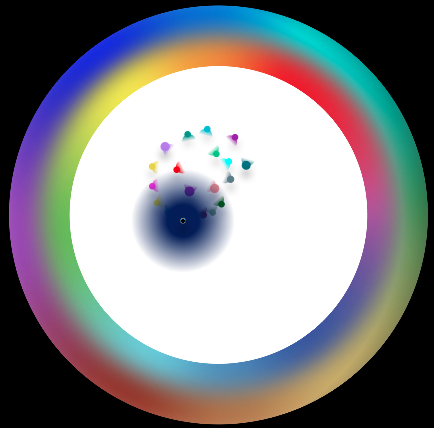
During the pandemic, the lecture was offered to students in the Sound Department of the School of the Art Institute of Chicago; while the High Fidelity space was used by students of Theatre and Performance at the School of the Arts, York St John University in York, England; and by students of Performance at Roehampton University, London.
Below is the conceptual background for the lecture (pulled from the Auraldiversities promotion booklet), responses from participants (collected from Zoom chat and post-event survey), and screenshots of moments from the lecture when listening was fed through sight (“a sound from the perspective of light.”)
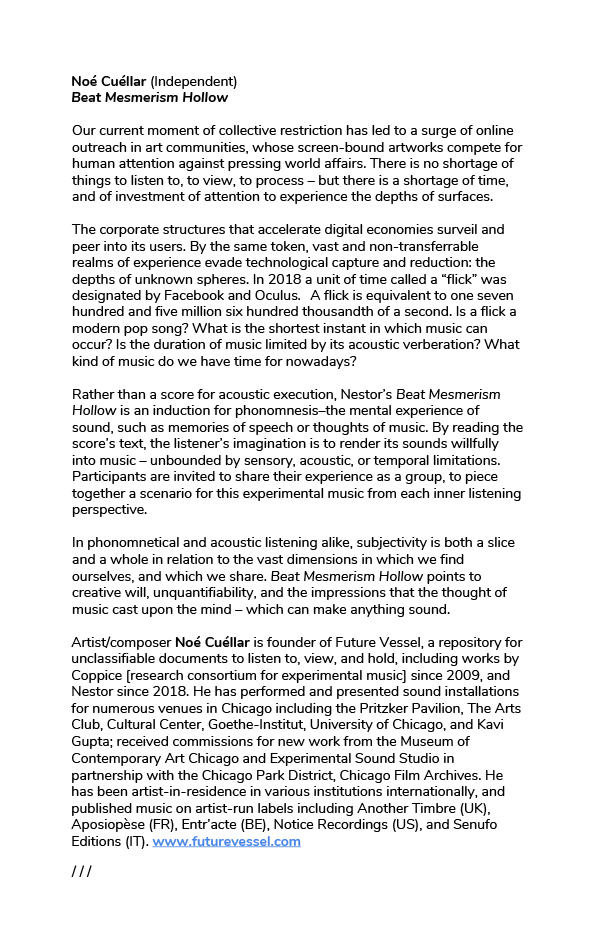
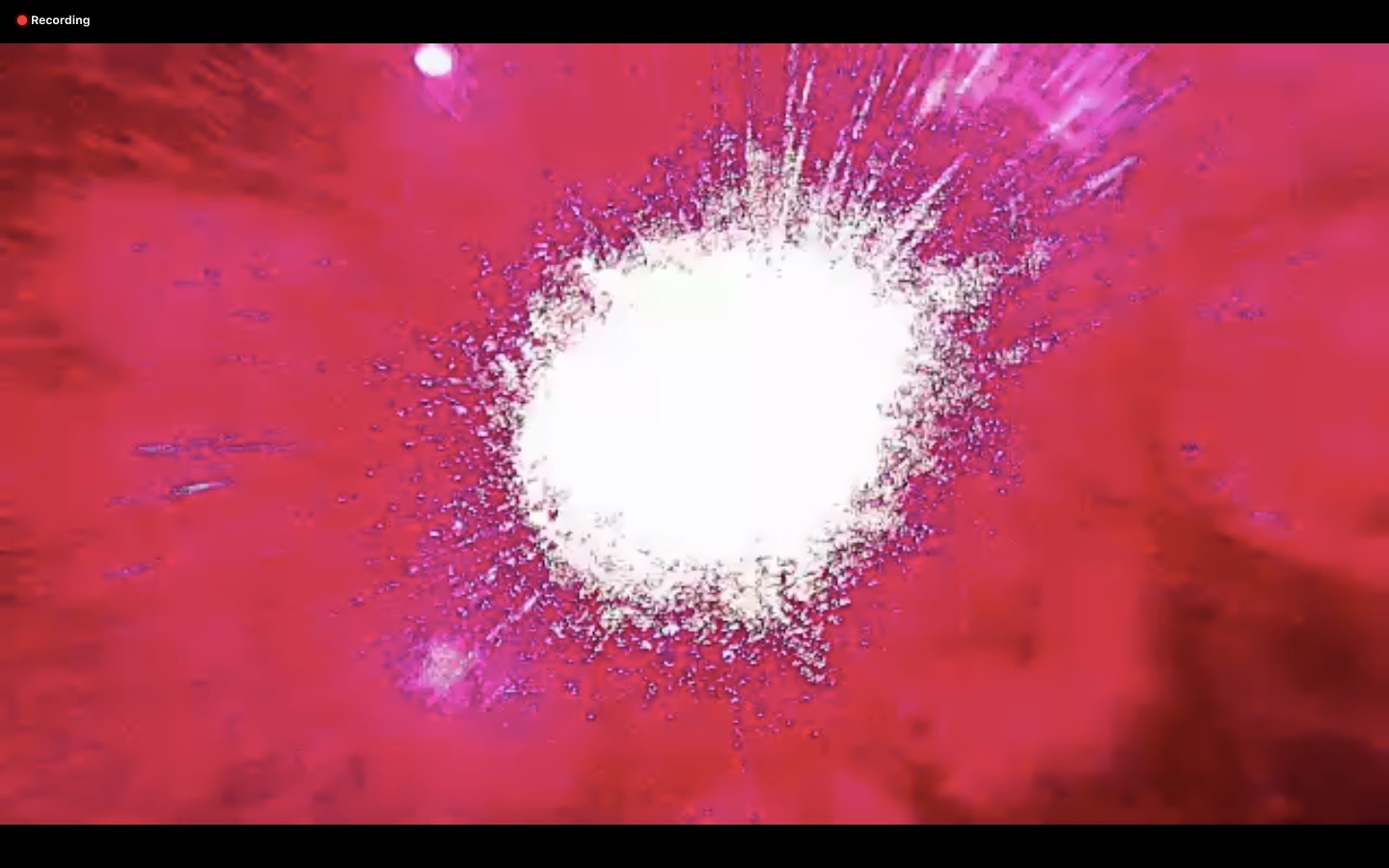
“So beautiful, thank you.”
“I felt sensations as well”
“The light was accompanied with sound for me. I didn’t realise it initially.”
“I had a lot of thought about time
Every moment is always the end of itself
Every division is the end of a journey
But it can only be called by a unit of time
if it something that repeats
A journey that repeats”
“It was definitely mesmerizing. I never realized I would imagine the object visually first and then think about what kind of sound I would expect from it”
“The acoustics of imagined spaces was so great to engage with”
“I was also mesmerised and it took me back to different occasions. Firework displays, travelling through a tunnel, music events, an exhibition I had visited etc”
“It’s absolutely fascinating. As someone who is dyslexic I use lilac paper – now I’m wondering whether there is something related with silent sound on a different level involved too.”
“That was fascinating, thank you. When I became totally deaf 8 years ago I experienced an intense and complex sound world caused by my brain responding to the sudden lack of auditory input (I had been profoundly deaf since childhood, but could use hearing aids, ad had a rich musical/auditory life)… this was not an imagined sound world but physical and real, as I felt the sounds in my whole body and also experienced a parallel world created by the soundscape that was existing inside my auditory/brain system. I found what you were saying about imagined sounds fascinating but I wondered where you see the ‘imagined’ existing on the auditory pathway?”
“With the flashing I imagined sound..an explosion at first then I shifted my thinking to different scales and that changed what I imagined…big bang all the pay down to popping candy in the mouth…then seeing other things…fish, a foetus, sparrowhawk connecting to memories that contain associated sounds. Also, considering how the previous work acts as a kind of primer for the flashing”
“For me it was very tactile/kinaesthetic – I felt at points that you were boring a hole right through me with your voice, then I had my eyes closed and was sensing a technicolor pulse of sound before I realised you were actually pulsing laser light at us”
“Fascinating to hear responses – I think I too am the opposite of a synesthete, and I couldn’t watch the laser flashing as I would have got a headache.”
“I’ve been thinking a lot about sound as a sense of space and belonging and the relation with the absence of sound as as an opening door to other spaces. For instance: a moving picture of the sea, with natural sound of the water in contrast with the same living picture, silent and the spaces then one naturally fills with personal relating/history/representation to what is seen.”
“How does imagined sound relate to memory and conditioned experience w.r.t. composition?”
“This world of imagined sound is so underinvestigated… great to see it featured here.”
“I realised that I always dream silently, until I had a mega free improv one during lock down in blasting surround sound.”
“Michel Chion’s idea of synchresis (1994) illuminates how the audio-visual relationship is manipulated in cinema. The way synesthasia works, it often hints at deeply subconscious and personal associations from a very private cognitive world that we cannot measure clinically”
“your presentation made me think about Claudia Gorbman’s work Unheard Melodies and how film music both illustrates but also draws us in as audience to follow a shared narrative unfolding but to also experience our own version of the narrative independently.”
“Witty and sublime”
“That was such fun”
“That was wild!”
“Your presentation was both beautiful and profound. Your heart-mind and performance gifts continue to blossom. Enjoyed your meeting space too for bumping around in sound and color. During your reading, right when you said “hissing,” the radiators began their morning aria.”
“[His] voice brings a different – what? Energy? Tone?“
“There are words that hitch on my ear.
hands over my face and breathing into them as [his] voice washes through me
the voice is boring a hole into me and streaming right through it
the silence is deafening
where were our minds at that point? Were we drenched in another’s voice?
And what of our bodies, listening?”
“I thought it was a wonderful way to visualise the experience of an auditory world – the centre of a complex set of forms and colours moving in time – as opposed to the flat linear sound-wave visualisation. It opens it up to another dimension”
“[He] has the most soothing voice in the universe …
[His] adventure and journey into the colour or light of sound …
I wonder if Gilles Deleuze could enrich this adventure and journey ?”
